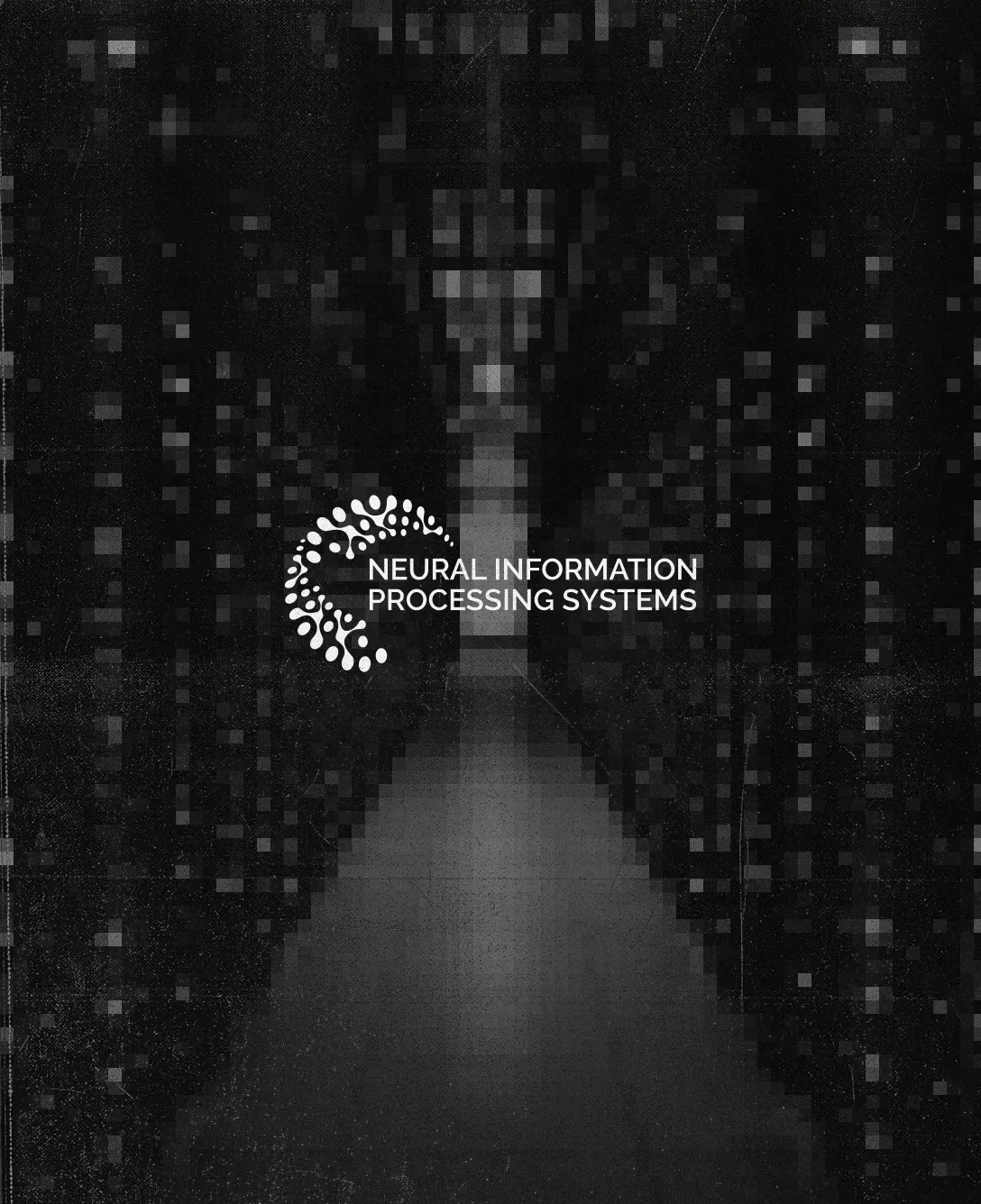
Vesting and acceleration explained
Vesting and acceleration are two crucial terms that affect your ownership of a company. We’ll explain each concept at a high level here, but there’s a lot of nuance and strategy to consider. So, before making big decisions about vesting and acceleration, talk it through with your lawyer and other experts to be sure you’re structuring your company’s equity in a way that aligns with what you’re trying to incentivize*.
What’s Vesting?
If your stock is subject to “vesting,” that means that you aren’t automatically entitled to keep all of your shares when you leave the company. Instead, you earn the right to keep your stock over the period of time that it vests, and if you leave the company before that time period has elapsed, the company will repurchase your unvested shares**. Without vesting, someone could leave a company the day after receiving a bunch of stock and keep it all, which is obviously a less-than-ideal outcome for the company and all of its other stockholders.
So, vesting ensures that people are incentivized to stay at the company and build up their ownership, and that those who contribute to the company for longer are the ones who accrue the most value. Typically, almost everyone who has shares of Common Stock or options is subject to vesting, from founders and execs to rank-and-file employees and contractors.
The “standard” vesting schedule for an initial grant of stock is in equal monthly installments over a 4-year time period, with a 1-year cliff***. Here’s what each of those terms mean:
Time period: Typically, vesting is time-based; the longer you’re at a company, the more shares you vest.
- Vesting can also be tied to things besides time - for example, vesting can be tied to the company hitting certain milestones. Milestone-based vesting is rare, but you'll sometimes see it in specific industries (e.g. pharma), for execs at later stage companies, or for advisors who are brought on to achieve a specific goal.
- Some founders consider applying longer-than-normal vesting schedules to some grants, particularly for large grants (e.g. to founding teams). We won’t get into the pros and cons of this approach here, but it’s worth discussing non-standard vesting with your counsel and mentors to make sure you know the universe of options.
Cliff: A cliff is a point in time before which none of your shares vest. This is most easily explained an example:
- Say you’re granted 48,000 shares that vest monthly over 4 years, with a 1-year cliff. Because of the cliff, none of your shares would vest during the first year after your grant. Instead, you’d vest 12,000 shares all at once at the one-year mark, and then continue vesting in equal 1,000 share monthly increments for the following 3 years.
Vesting Increments: It’s most common that stock grants vest in monthly installments, but sometimes you’ll see quarterly increments instead (particularly for advisors, for example).
Equal Installments: Usually, each increment of your stock will vest equally over the course of your vesting period. But, sometimes companies will either “front-load” or “back-load” a vesting schedule, meaning that the increments you’re vesting start off at higher percentages and then decrease, or vice versa. Making the choice to front- or back-load vesting is really context-specific, and fairly rare. Equal installments are far the most common construction.
P.S. If your stock is subject to vesting, it’s often very beneficial to file an 83(b) Election with the IRS. More on that in this article. Note that, if you’re going to file an 83(b), you’ve got to do it within 30 days of being granted the stock.
What’s Acceleration?
Acceleration is an extra benefit that can apply to a stock grant. It entitles the stockholder to have some or all of their unvested shares automatically vest ahead of schedule upon a certain trigger event (usually, a sale of the company and/or being fired****). You’ll hear people refer to “single-trigger” and “double-trigger” acceleration; let’s talk about each.
“Single-Trigger”: “Single-Trigger” acceleration means that the shares accelerate upon the occurrence of only one event, which is typically either (1) the company being sold or (2) being fired. Giving someone single trigger acceleration for either scenario is quite uncommon, but it’s especially rare in the case of being fired.
- Upon a sale of the company: Single trigger acceleration in the event of a company sale is not the norm. It’s rare largely because it can turn off potential acquirers. This is because acquirers typically want to incentivize key employees to continue providing services after the sale, which they’re less likely to do if they get outsized sale payouts due to share acceleration. So, single-trigger acceleration upon a sale can lead to worse acquisition offers from buyers who are skeptical that they’ll be able to retain key people. Also, if some company decision-makers have single trigger acceleration and others don’t, their incentives will be misaligned when deciding whether to sell the company (and at what price).
- Upon termination: It’s almost never in the company’s best interest to give someone more ownership at the moment they’re being fired, so single-trigger acceleration upon termination is exceedingly rare. If you ever see it, it’s probably because it was granted as part of a contentious separation negotiation, and the company adjudged that giving someone some extra shares was worth whatever the company got in return (e.g. a release of claims).
“Double-Trigger”: “Double-Trigger” acceleration means that two events must occur in order for the shares to be accelerated. Those two events are almost always (1) the company being sold and ALSO (2) being terminated within some associated period of time (usually, within 1-3 months before the sale and 9-18 months afterward; these time periods are negotiable).
- Double-trigger is used sparingly (but it’s still more common than single-trigger). Usually, only founders and other executives get double-trigger acceleration, but companies can grant acceleration on a case-by-case basis depending on context.
- It’s pretty common for double-trigger acceleration to also apply if you leave the company for “Good Reason” (instead of being fired) within the specified time period. What qualifies as a “Good Reason” is negotiable, but it often includes things like significant reduction in title, duties, or pay, and mandatory relocation.
- Double-trigger doesn’t deter acquirers like single-trigger does, since it aligns everyone’s incentives: key employees are incentivized to stay with the buyer post-acquisition (which the buyer likes), and key employees also know that they have a safety net if they’re terminated the acquirer as a cost-saving measure soon after the acquisition.
As we mentioned earlier, an acceleration right can apply to all of someone’s unvested shares, or to only some percentage of them. Acceleration of 100% of unvested shares is most common, but sometimes we see 50% or other numbers that correlate to a specific justification. As with everything in this article, it’s context-dependent!
*NOTE: Vesting and acceleration can apply to both stock and options, but in this article we'll focus on stock. Although stock and options are pretty similar in how vesting and acceleration apply to them, there are a few slight differences (e.g. what happens to unvested stock vs. unvested options when you leave the company).
**Even if your stock is subject to vesting, you do technically “own” all of it from the moment it's granted. For example, you can vote on behalf of all of your shares regardless of whether they're vested. You also have to pay for all of your shares up-front, and then the company will pay you back for any unvested shares that they repurchase when you leave.
***Note that this vesting schedule is standard for initial grants, but for "refresh grants" you'll often see shorter time periods (e.g. monthly over 2 years) and no cliff. "Refresh grants" are subsequent stock or option grants that are often given to someone after their initial grant is fully vested (or close to fully vested), in order to continue incentivizing them to stay at the company.
****Even if someone's shares are supposed to accelerate if/when they're fired, there are some cases where that acceleration benefit is nullified (e.g. if they're terminated for "Cause"). These conditions should be specified in the stock grant paperwork.
Disclaimer: The content provided in the Amplify Legal Hub is intended for informational purposes only and should not be construed as legal advice. Always consult a qualified legal professional for advice tailored to your specific situation.



